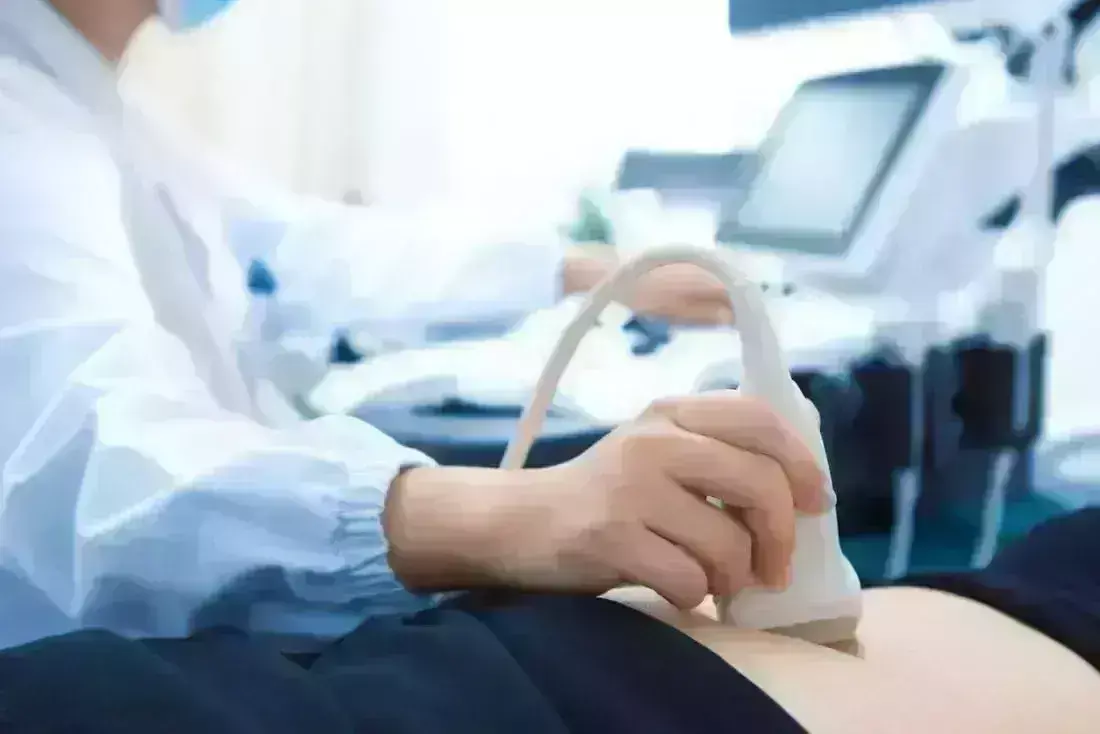- Home
- Medical news & Guidelines
- Anesthesiology
- Cardiology and CTVS
- Critical Care
- Dentistry
- Dermatology
- Diabetes and Endocrinology
- ENT
- Gastroenterology
- Medicine
- Nephrology
- Neurology
- Obstretics-Gynaecology
- Oncology
- Ophthalmology
- Orthopaedics
- Pediatrics-Neonatology
- Psychiatry
- Pulmonology
- Radiology
- Surgery
- Urology
- Laboratory Medicine
- Diet
- Nursing
- Paramedical
- Physiotherapy
- Health news
- Fact Check
- Bone Health Fact Check
- Brain Health Fact Check
- Cancer Related Fact Check
- Child Care Fact Check
- Dental and oral health fact check
- Diabetes and metabolic health fact check
- Diet and Nutrition Fact Check
- Eye and ENT Care Fact Check
- Fitness fact check
- Gut health fact check
- Heart health fact check
- Kidney health fact check
- Medical education fact check
- Men's health fact check
- Respiratory fact check
- Skin and hair care fact check
- Vaccine and Immunization fact check
- Women's health fact check
- AYUSH
- State News
- Andaman and Nicobar Islands
- Andhra Pradesh
- Arunachal Pradesh
- Assam
- Bihar
- Chandigarh
- Chattisgarh
- Dadra and Nagar Haveli
- Daman and Diu
- Delhi
- Goa
- Gujarat
- Haryana
- Himachal Pradesh
- Jammu & Kashmir
- Jharkhand
- Karnataka
- Kerala
- Ladakh
- Lakshadweep
- Madhya Pradesh
- Maharashtra
- Manipur
- Meghalaya
- Mizoram
- Nagaland
- Odisha
- Puducherry
- Punjab
- Rajasthan
- Sikkim
- Tamil Nadu
- Telangana
- Tripura
- Uttar Pradesh
- Uttrakhand
- West Bengal
- Medical Education
- Industry
High Post Voidal Residual Volume a risk for Postoperative Urinary Retention in Total Joint Arthroplasty

USA: Postoperative urinary retention (POUR) is a significant problem in total joint arthroplasty (TJA). Although risk factors for POUR have been well documented, they are ubiquitous in an aging total joint population, which makes risk stratification difficult. R.J. Magaldi et al. conducted a study to determine if a high preoperative post-void bladder scan identifies patients at risk for POUR.
Methods: A retrospective analysis was conducted on all TJAs performed at a high-volume orthopedic center between December 2019 and February 2020. A total of 585 elective TJA patients received postvoid bladder scans before surgery. Bladder scan volumes were correlated with catheterization via Chi square tests.
Results:
• A high post-void residual volume (PVRV > 50 ml) was associated with an increased risk of catheterization (23% vs 34%, chi-squared statistic = 6.2638, P value = .013), as was intravenous fluid volume (>1000 ml in knee, >2000 ml in hip).
• Catheterization rates were higher among total knee arthroplasty patients younger than 60 years (37% vs 24%, chi-squared statistic = 4.284, P value = .0385) and total hip arthroplasty (THA) patients older than 65 years (30% vs 18%, chi-squared statistic = 3.292, P value = .0695).
• Multiple risk factors were additive.
The authors concluded that this is the first study performed on a TJA population showing that a preoperative post-void residual threshold of 50 ml is associated with POUR.
This study confirms previous research demonstrating intraoperative IV fluid volume as a significant risk factor and also introduces a lower threshold for preoperative PVRV as an additional risk factor for POUR in TJA.
The authors recommend routine preoperative bladder ultrasonography to detect residual volumes, close monitoring of IV fluid volumes intraoperatively, and regular bladder scanning after surgery, as well as repeatedly encouraging patients to void, as part of a urinary protocol.
Key Words: Post-operative urinary retention, Total joint arthroplasty, Catheterization, Risk factors, Post void residual Bladder ultrasonography
Further reading:
Preoperative Factors to Assess Risk for Postoperative Urinary Retention in Total Joint Arthroplasty: A Retrospective Analysis
Robert James Magaldi, Sara Elaine Strecker, Carl W. Nissen, Robert James Carangelo, John Grady-Benson.
Arthroplasty Today 13 (2022) 181-187
https://doi.org/10.1016/j.artd.2021.10.009
MBBS, Dip. Ortho, DNB ortho, MNAMS
Dr Supreeth D R (MBBS, Dip. Ortho, DNB ortho, MNAMS) is a practicing orthopedician with interest in medical research and publishing articles. He completed MBBS from mysore medical college, dip ortho from Trivandrum medical college and sec. DNB from Manipal Hospital, Bengaluru. He has expirence of 7years in the field of orthopedics. He has presented scientific papers & posters in various state, national and international conferences. His interest in writing articles lead the way to join medical dialogues. He can be contacted at editorial@medicaldialogues.in.
Dr Kamal Kant Kohli-MBBS, DTCD- a chest specialist with more than 30 years of practice and a flair for writing clinical articles, Dr Kamal Kant Kohli joined Medical Dialogues as a Chief Editor of Medical News. Besides writing articles, as an editor, he proofreads and verifies all the medical content published on Medical Dialogues including those coming from journals, studies,medical conferences,guidelines etc. Email: drkohli@medicaldialogues.in. Contact no. 011-43720751


